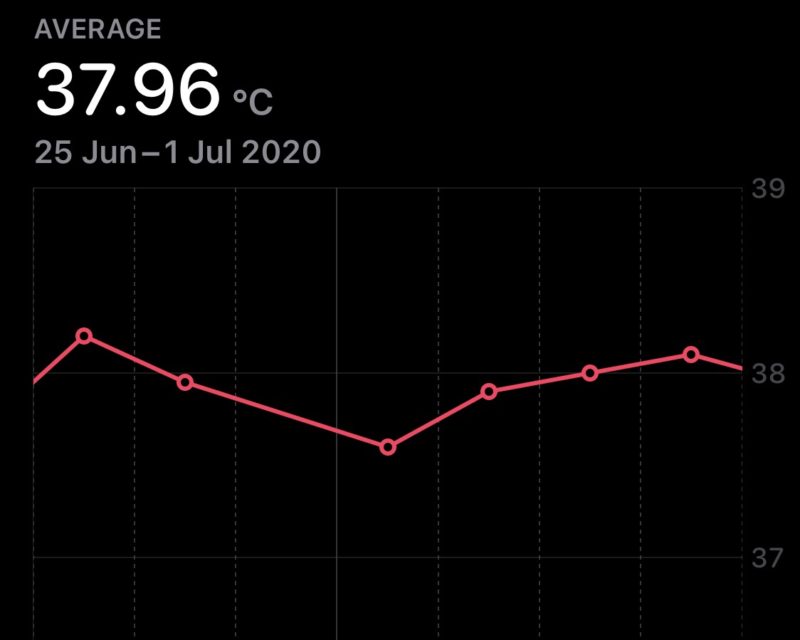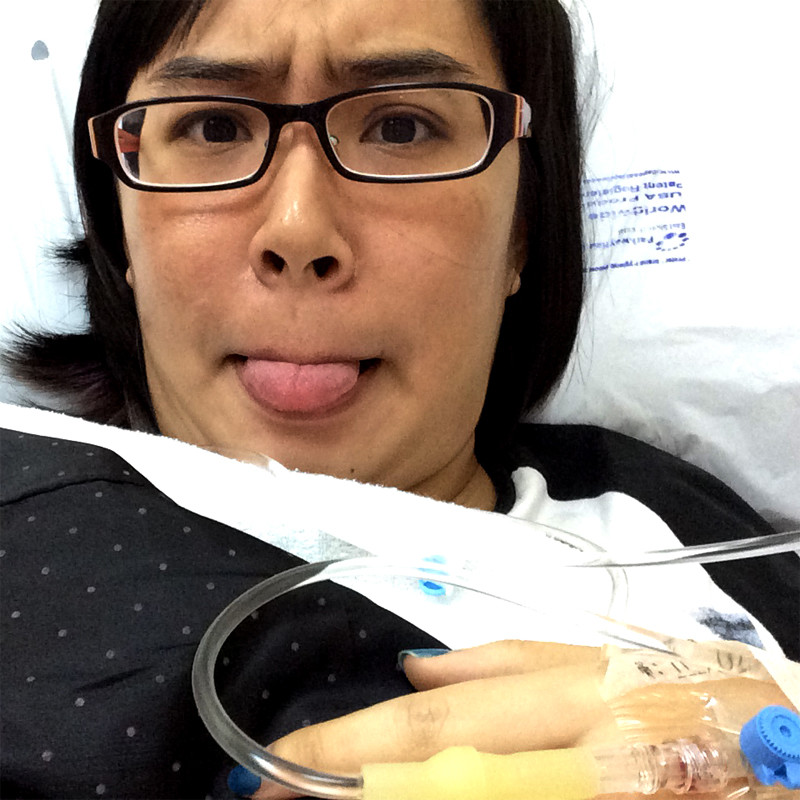
Hello, I blog!
I share all my sporadic and toilet thoughts in here, because I am random like that.
Living through a Pandemic with Chronic Fever
I always wondered about other patients with chronic fever and how they cope with pandemic-related restrictions. But surprisingly, there were hardly any results on Google. It made me realize that patients with chronic fever are few and far between, so I decided to write this to share my own experience as a patient with chronic autoimmune fever.

Warning: Long, long post ahead.
When the pandemic was looming on the horizon early this year, I was already anticipating the potential challenges I will face. When SARS hit our shores in 2003, temperature screening became commonplace. I thought it was something that will happen again and was already thinking to myself – “jialat, I will be denied access everywhere at this rate.”
I had an existing letter from my rheumatologist certifying that I have a chronic fever of a non-infectious nature. And it saved my ass a couple of times when my fever got detected at airports overseas (I’ve noted that Hong Kong airport’s thermal scanners are particularly aggressive).
So I guessed the letter would be enough when Covid-19 eventually hit our shores and temperature screening became ubiquitous.
I digress – but I do feel a bit bitter when I see signs everywhere stating that “anyone with a temperature of 37.5 and above will be declined access”. Maybe I take it a bit personally because my temperature is almost always between 37.5 and 38.3 degrees and it feels as if the sign is speaking to me.
Singapore went through a “lockdown” period (“Circuit Breaker”, they called it) from April to June. Subsequently, the country started opening up in phases. When it did, temperature screening became mandatory (when it was only sporadic prior to the lockdown). My first inkling of things to come was when I was declined access to a supermarket when I wanted to get a drink en route home after a short trip to the postbox. Unfortunately, I left my doctor’s letter at home. No biggie though – home was just 3 streets away, so I could simply walk back to hydrate.
The bigger problem started when I resumed my regular physiotherapy and medical appointments after the lockdown (such medical services were deemed “non-essential” and were suspended during the lockdown except for emergencies).
I was detained at my regular hospital despite holding a doctor’s letter from a doctor based in that hospital. I had a temperature of 37.8 so the screener was adamant about not allowing me entry despite me explaining I had a medical condition that caused chronic fever. Multiple phone calls later (including one to my rheumatologist), I was finally allowed in. I was already late for my appointment, and very very frustrated.
I subsequently shared about that experience online in a desperate bid to spread awareness.
There are people who live with a fever everyday. Not all fever = Covid-19 infection.
Yes, we are rare. But we exist.
My need for a sense of control
After more than 4 months of non-stop battling and being away from work for more than 2, I’ve come to several realizations.
I am generally someone who is used to setting schedules. Complete task A by next week, achieve task B in 2 days. That sort of thing. I like milestones. It’s just my programmer’s/management instincts at work. Progress has to be in the form of something trackable so I feel more encouraged.
But apparently, you can’t force a schedule on your body’s recovery.
I’ve aimed to “get well by June”. Didn’t work. “Okay, two more weeks to settle things.” Didn’t work either. “Okay, I give it until end of July.” Nope, nope, nope. The fever continued and I got more and more frustrated.
Eventually, I decided to let my body set its own pace. And I put myself into zen mode. Stop forcing my body, stop overthinking, overanalyzing. Just do what I need to do to help – complete rest, lots of water, meds.
Instead. I set schedules on my action plans. If I don’t feel better in 5 days, do X. If minimal improvement in 2 weeks, do Y.
X and Y may or may not help. Usually it doesn’t. But at least, it’s some semblance of control. This whole thing was seemingly out of my control and I didn’t like it.
Not giving up, and looking forward to better days.
Looking at the brighter side of things
There I was, lying in a hospital bed in the A&E department of Parkway East Hospital on May the 11th. Saline drip running into one hand, an oxygen clip on the other attached to a machine which hummed in tempo with my (racing) heart rate. I had no hands free to use my phone, so I had plenty of time to think.
About how I was discharged from the same hospital just two days ago after having been admitted for 2 nights.
About that high fever that has been going on for a ridiculously long time. (Two and a half weeks at that point in time, still ongoing today which makes it 4 weeks.)
About how I nearly passed out several times that day, which panicked me enough to sent me flying (okay, not quite) back to the A&E department the third time in a week.
Rewinding three weeks back, the holiday trip which seemingly sparked it all. A getaway which turned sour after I had about half of my cash stolen from my baggage (my first time ever having cash stolen abroad despite travelling frequently), which left me with no cash for the remaining 3 days there. And the high fever began as soon as I landed back in Singapore.
And how just 5 minutes ago, I was wailing my eyes out for almost an hour because the A&E nurse insisted on running the drip at the maximum rate. (I needed emergency rehydration, from the looks of it. And the tears weren’t helping.) After much whining and punching of the nurse call button, they finally acceded to running it at half the rate. The tears stopped, I got slightly more comfortable and started thinking.
I sighed.
Why am I so suay*?
(* – unlucky)
The thoughts continued further. I realized that hey, if my life was a movie, the happenings of the past three weeks would have made a pretty good drama serial. I began plotting in my head just for fun, a story about a female protagonist who seems to be hit by a string of bad luck one after another. (I can’t say much for the acting though.)
Another sudden realization. The previous three weeks is quite possibly one of the most happening periods in my life.
Stolen cash. High fever. Hospital Admission. Dehydration. Crying like a baby in the A&E.
Then for no particular reason at all, I started giggling. Not the high-pitched, loud girly giggling. (There was a younger girl resting in the bed next to me for intense abdominal pain and no way would I want her to think I was laughing at her.) But the silent kind of giggle.
Everything was an experience. Not a good one for sure, but an experience nonetheless. I now know what a holiday trip from hell feels like.
Suddenly, I just felt like taking a photo to remember that moment when I saw the brighter side. I attempted shifting the oxygen clip from my right hand to my drip hand … and promptly sent everything haywire. I couldn’t help but laugh a little again as I punched the nurse call button for the nth time that night. Oxygen clip replaced, I now had a free hand to take a selfie.

Believe it or not, this photo kept me going for the subsequent week and beyond when I was re-admitted into hospital for even more investigations and drips. I got depressed for a while when I could do barely anything without feeling like I was going to pass out, but bounced back quickly.
All I had to do was to glance at that photo.
See that goofy looking girl with the drip in her hand and her tongue sticking out at you? That was you just X days ago, I told myself. And if she can still be as goofy, so can you.